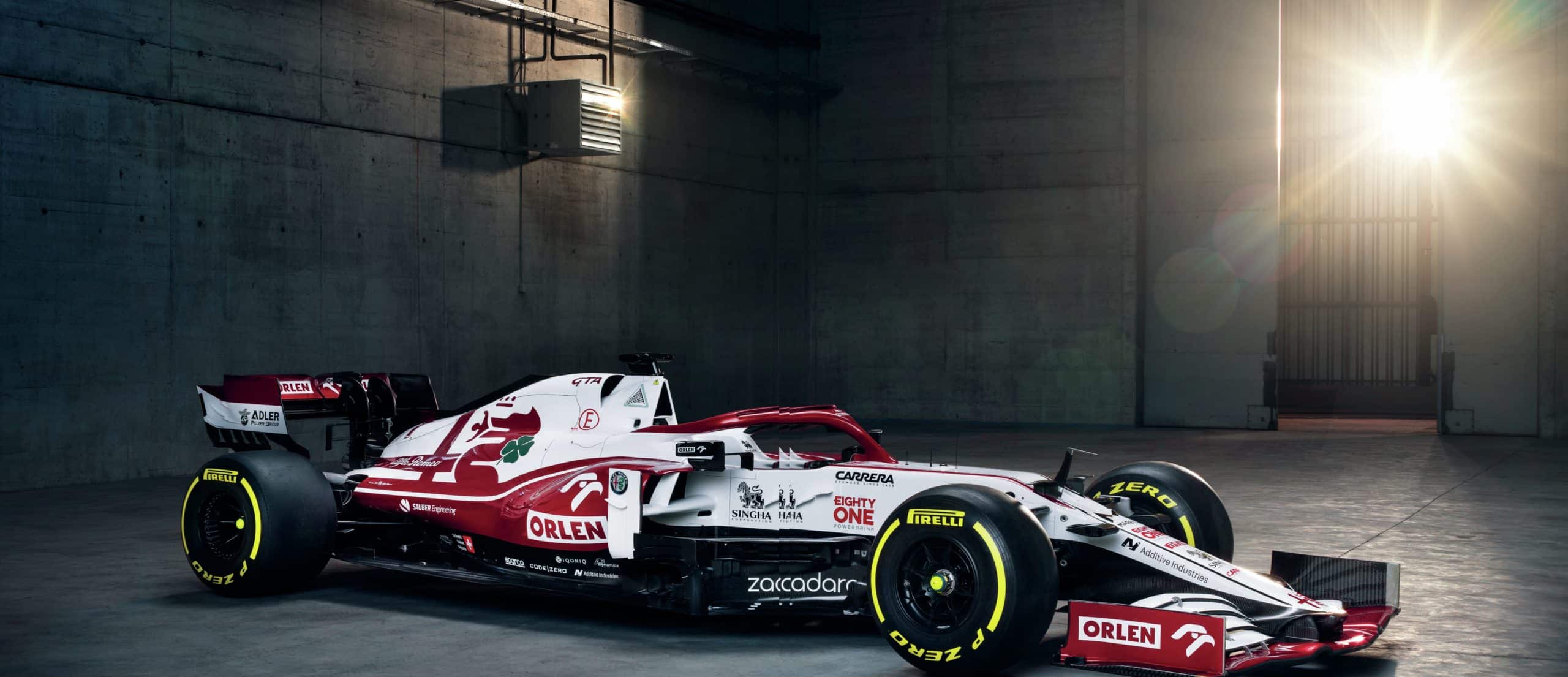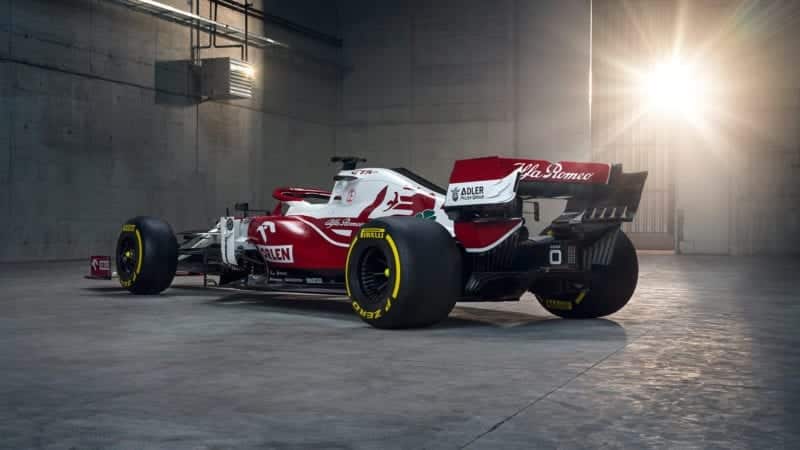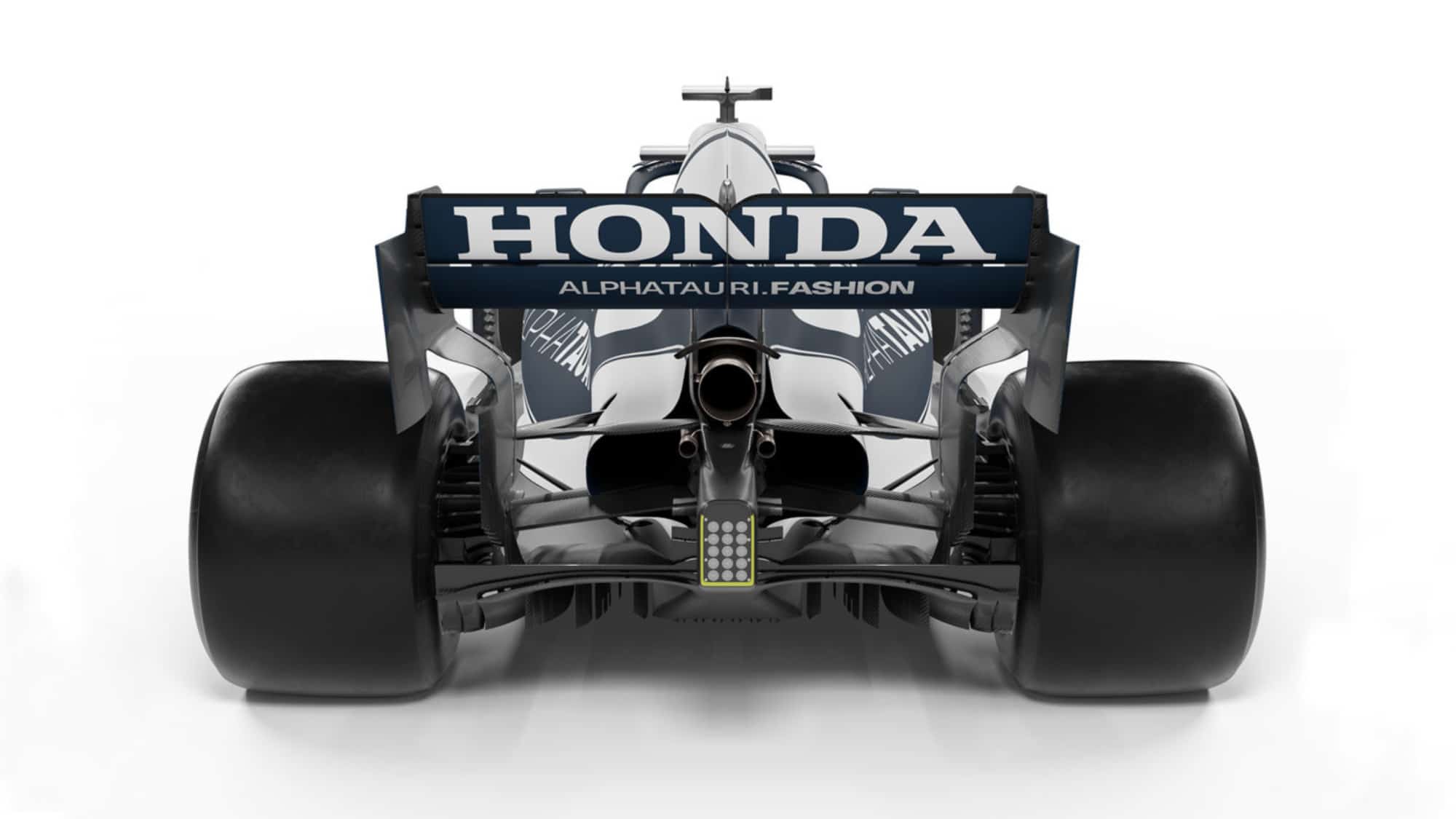Under the skin of F1's 2021 cars
With Formula 1 teams gradually revealing their 2021 machines before testing takes place in Bahrain, Lawrence Butcher runs his thumb across the design repackaging and alterations that will give that extra yard during the season – and there are some snazzy new liveries, too...

Normally the middle of February would see Formula 1 teams shipping out to Barcelona for the first preseason tests. This year, however, testing is restricted to one three-day session at the Bahrain International Circuit in March thereby delaying this year’s launch schedule. In fact, only McLaren, AlphaTauri and Alfa Romeo had revealed their cars by the time Motor Sport went to press. Nonetheless these offered important clues as to how teams would be tackling the final year of the current regulations before all new cars are revealed for the 2022 season.
McLaren was first out of the blocks with its MCL35M and the Woking outfit was in an unusual position among its fellow chassis manufacturers. Thanks to a switch from Renault to Mercedes power (which used all of its development tokens), it received dispensation to alter its chassis design beyond the constraints of homologation rules agreed in 2020. As technical director James Key notes, “Fundamentally, the architecture of the car is different, but the homologated areas are as similar as possible. It added an extra dimension, which probably led to a suboptimal approach compared to if you are absolutely free, but I don’t think it was that much of a compromise.”
Looking at the layout of the car, with the caveat that launch specs are never what arrives at testing, there are some obvious changes. The packaging of the sidepods is impressively tight. In plan view they tuck in towards the centre of the car sooner than the 2020 car. One of McLaren’s videos also appears to show a large cooler sited on top of the power unit, hinting that the team has moved toward placing more cooling capacity on the centreline of the car, rather than in the sidepods.
Aerodynamic rule changes for 2021 have also impacted the car’s design in three key areas. Most noticeable is a narrowing of the floor ahead of the rear tyre by 100mm along with the outlawing of slots in the floor. Additionally, the winglets on the lower half of the rear brake ducts have been shortened by 40mm and the height of the diffuser strakes reduced by 50mm.
Key explains: “Most of the aerodynamic surfaces are free to develop, things like bargeboards and the front and rear wings. We’ve been working hard on these areas and will continue to do so throughout the season. There’s plenty of scope to make improvements – to enhance our strengths and address any weakness. This area is developing a lot on the cars and there is a lot of complexity there.”
With the loss of floor area, McLaren and others will be looking to work what they have left harder, exploiting any leeway that remains to seal the sides of the diffuser. Here, McLaren may have gained something from its Mercedes swap. “Even the wheelbase has changed,” Key mentions. “We’ve had to extend it slightly because the gearbox bell housing is longer to accommodate the Mercedes engine.” This in effect gives its aerodynamicists a slightly larger floor to work with.
The AlphaTauri AT02 launch gave away little as the team rolled out a repainted 2020 car; however, some details were present on renderings released online. Technical director Jody Egginton stated that the Faenza squad had spent its development tokens on a slimmer nose and redesigned outboard front suspension. However, studying the images of the AT02, it is clear that the team has been busy on the (not token-constrained) bodywork.
For example, the floor of the car has a notched section extending from halfway down its length to the rear wheel, which seems to be a neat workaround of the rules banning slots in the floor. The profile of the sidepods and the engine cover also look tighter than the AT01, while a ‘Venetian blind’ system of slats has appeared next to the sidepod inlets.
Egginton says: “The work which has been undertaken to develop our car for 2021 goes far beyond compliance with regulation changes and has involved changes to nearly all aero surfaces and also development and repackaging large parts of the car. We have spent a lot of time working to recover aero losses as a result of the regulation changes, while increasing and improving the aerodynamic operating window.”
Commenting on whether the cars would have the same pace they achieved at the end of last season by race one of 2021, McLaren’s Key says, “It’s going to be close.” Egginton meanwhile seems confident that AlphaTauri has regained most of the lost performance: “Overall, taking everything into account, I would say we will probably see a performance level that is similar to that seen in mid-2020.”
Sauber/Alfa Romeo Racing skipped from the C39 to C41 designation, as C40 was already assigned to what was going to be its 2021 car before the new rule changes were delayed.
Technical director Jan Monchaux remarks that the FIA directives targeting Ferrari’s power unit at the end of 2019 had an impact on the performance of the C39, “but once we filtered that out there was evidence that there were areas where we could have done a better job”. The engineer says that the car’s performance at the start of the 2020 season was a shock.
Some of the deficit was addressed. There were still performance characteristics which the drivers disliked though that could not be fixed until the end of the year. Speaking at the car’s launch, Monchaux said its two development tokens were spent on the nose. To this end, the most visible alteration is that the nose structure has been made narrower, with the addition of a ‘cape’ extending from the upper surface of the nose around its sides, sweeping across the front wing supports. Unfortunately, Alfa Romeo did not publish any overhead shots of the car, making it hard to assess changes to the packaging of the power unit, though it seems to be more tightly wrapped than in 2020.

A revised livery for Alfa, and a new Ferrari engine
AlfaRomeo
However, detail work around the rear floor area was evident from the launch images, particularly the addition of a small upswept section on the outer trailing edge.
Notably, Monchaux states that though the team would develop the C41 through the season, it would not be at the same rate as previous cars: “Our focus is on 2022, which is going to be a complete revolution. We will have a completely different car and this represents an opportunity to make a leap forward, closer to the front of the grid. The less we put on the 2021 car, the more we can put on the 2022 car, especially with the budget cap in place.”

